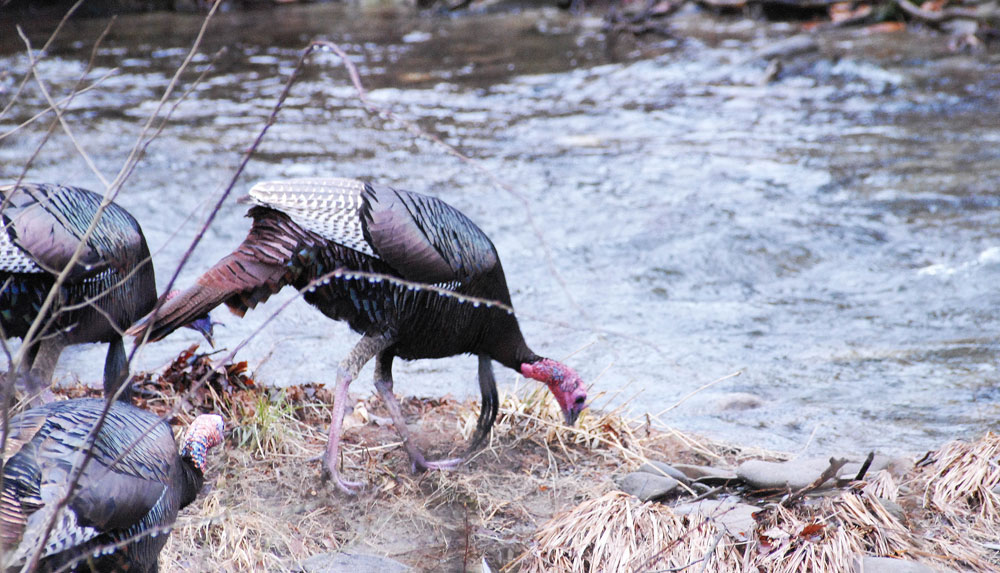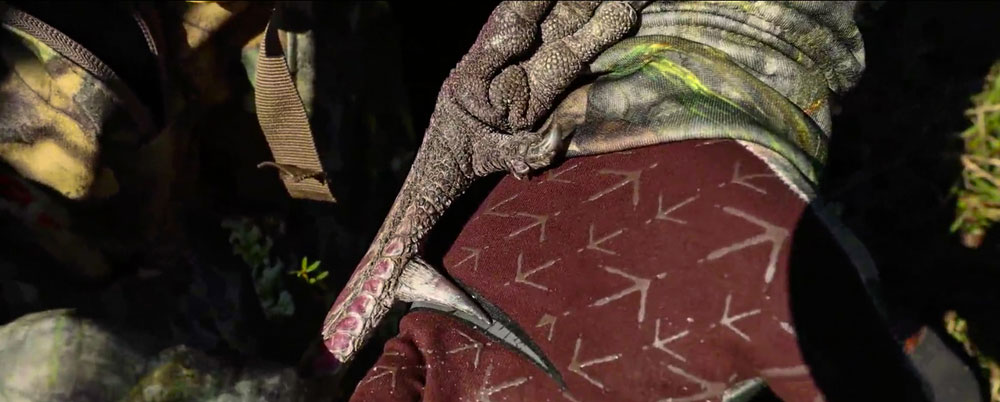Mossy Oak ProStaffer Josh Grossenbacher from Sandusky, Ohio, has hunted turkeys for 25 seasons and has been entering turkey-calling contests for 17 years. Grossenbacher was the first runner-up in the National Wild Turkey Federation’s 2018 Grand National Calling Championship Senior Division and won the Head-to Head Grand National Calling Championship in 2017.
Josh Grossenbacher | Mossy Oak ProStaff

When you’ve been hunting turkeys for a while, perhaps you’ve entered several turkey-calling contests, and you’ve come to believe that you can call in just about any turkey you hear gobble. There always will be one or two toms each season that prove you wrong. One of the main reasons we all go turkey hunting in the spring is to hear a tom gobble. Next, we want to hear a turkey answer the call we give. When that doesn’t happen, we turkey hunters have a real problem.
I’ve been entering turkey-calling contests for 17 years and hunting turkeys for 25 years, so I should know how to call a turkey. But every season, I’ll get one or two of those ole bad birds that prove I can’t call every turkey to me. That’s when I know that this old statement is true: “Patience kills more turkeys than fancy calling will.” Sometimes the most difficult part of turkey hunting is to put your turkey call in your pocket and not try to force the turkey to come to you. Rather, wait until he gets to where you are.
Another turkey that’s a problem is the gobbler across a river or a creek. I’ll start off by calling very aggressively to that turkey and see if I can make him fly across the river. That has worked a few times, but more often, I’ve seen a gobbler walk right up the edge of the water, strut back and forth and gobble his brains out. Then once he decides he can’t call that hen (me) across the water, he’ll become disinterested and walk away. I’ve swam rivers, waded creeks and done whatever to cross the water and get to the spot where the turkey is strutting and gobbling. That’s where that bird feels comfortable. For this tactic to work, you must make sure the bird has walked well away from where you are and can’t see or hear you when you get in the water. Once I arrive at where the tom has been, I’ll give him a few soft calls. Most of the time, he’ll come in quickly.



























